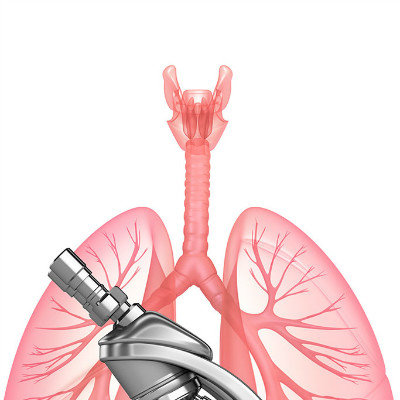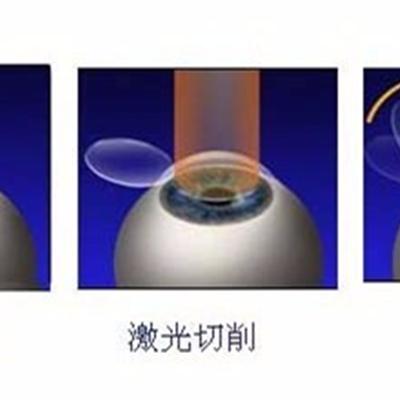What is the normal value of mid expiratory flow?
summary
The maximum mid expiratory flow was the average flow of 25% - 75% of forced expiratory vital capacity calculated by FVC curve. Forced vital capacity used to be called time vital capacity, which is the total volume that can be exhaled with the maximum force and the fastest speed after deep exhalation to TLC position. FVC has a fast expiratory speed in the initial expiratory phase, which is greatly affected by subjective force factors and is difficult to master. At the end of the curve, the last part of the curve is in the low lung volume position, the lung elastic retraction force is reduced, the airway diameter is reduced, the flow rate is low, and it is often not completed correctly for those who have dyspnea.
What is the normal value of mid expiratory flow?
FVC has a fast expiratory speed in the initial expiratory phase, which is greatly affected by subjective force factors and is difficult to master. At the end of the curve, the last part of the curve is in the low lung volume position, the elastic retraction force of the lung is reduced, the airway diameter is reduced, the flow rate is low, and it can not be completed correctly for the patients with dyspnea. MMF is mainly determined by FVC force independent part, that is, after the expiratory flow reaches a certain limit with the degree of force, although the force continues to exert, the force flow remains unchanged, and has nothing to do with the force. In low lung volume including MMF, the change of flow is affected by the diameter of small airway, and the decrease of flow reflects the obstruction of small airway.

The maximum ventilation volume can reflect the severity of airway obstruction, and can also understand the respiratory reserve, muscle strength and dynamic level of patients, which can be used as preoperative evaluation. Reflect the small airway obstruction.

(1) Airway resistance increases, such as various chronic obstructive pulmonary disease, bronchial asthma or bronchial tumor( 2) Lung tissue damage such as pneumonia, tuberculosis, alveolar hemorrhage, pulmonary edema, pulmonary interstitial fibrosis( 3) Chest, pleural lesions such as severe posterior scoliosis, rib fractures, pneumothorax, a large number of pleural effusion( 4) Nervous system and respiratory muscle dysfunction, such as anesthesia, encephalitis, poliomyelitis and myasthenia gravis.

matters needing attention
Need to check the crowd for small airway obstruction caused by decreased vital capacity, lung volume potential flow changes. Or obstructive dyspnea. Taboo before examination: keep quiet for a period of time. During the examination, attention should be paid to: stand upright and cooperate with the doctor. Severe cardiopulmonary disease and hemoptysis should avoid the examination, because it will aggravate the disease. The examination is non-invasive and will not cause serious complications or other hazards.
















